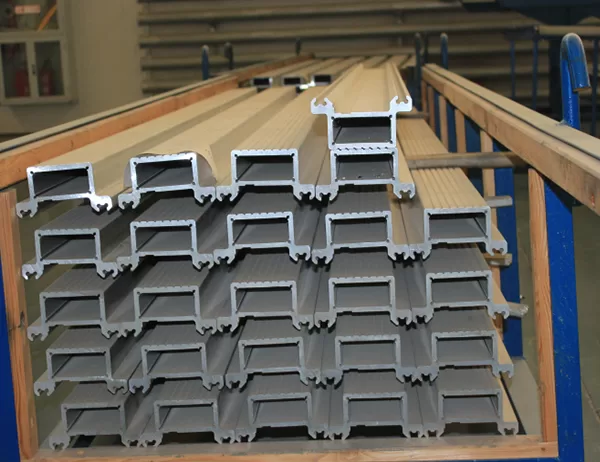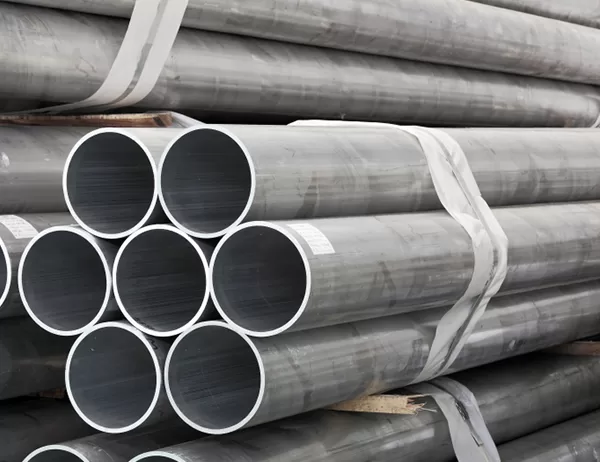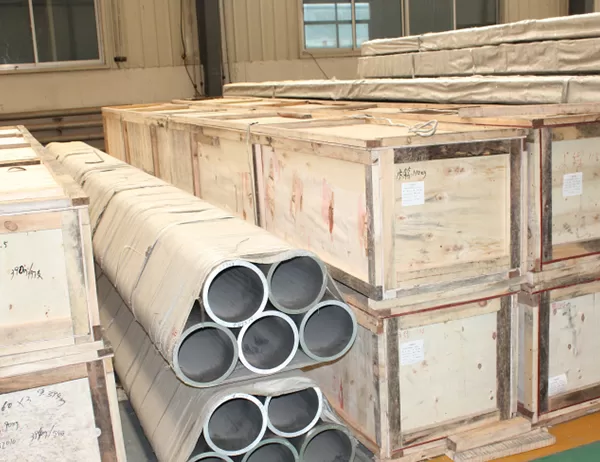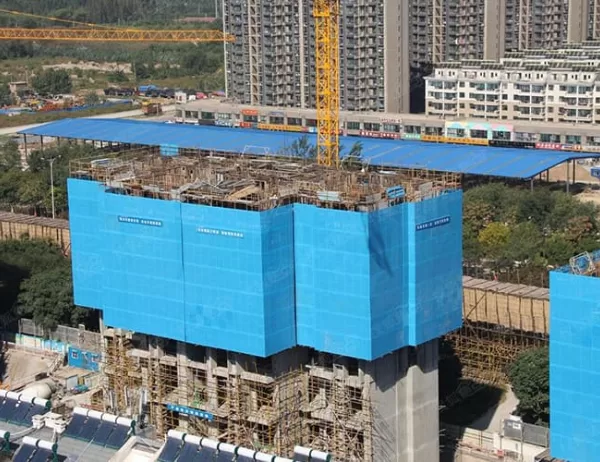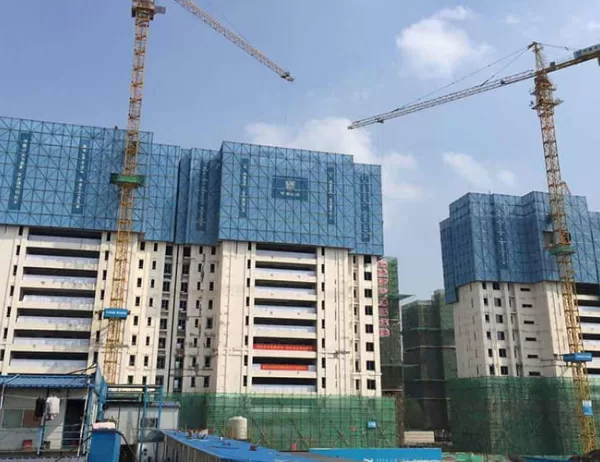Industrial aluminum profiles are versatile and widely used in various industries due to their strength, durability, and corrosion resistance. Choosing the right profile for your specific application is crucial to ensure optimal performance and longevity. Here’s a comprehensive guide to help you make an informed decision:
The profile shape determines the profile’s structural integrity and functionality. Choose from a wide range of standard shapes, such as T-slots, C-channels, angle sections, and square/rectangular tubes. Consider the load-bearing requirements, mounting options, and desired appearance when selecting the shape.
Ensure that the profile’s dimensions align with your application’s space constraints and assembly requirements. Pay attention to the length, width, height, and wall thickness. The specified tolerances determine the precision level and compatibility with other components.
Aluminum alloys offer a range of strengths, corrosion resistance, and machinability. Common alloys for industrial profiles include 6061, 6063, and 7075. The temper refers to the heat treatment process, influencing the profile’s strength and hardness. Choose an alloy and temper appropriate for the intended application and environmental conditions.
Industrial aluminum profiles can be treated with various surface finishes to enhance their appearance, durability, and functionality. Common treatments include anodizing, powder coating, and chromating. Consider the required corrosion resistance, wear resistance, color, and aesthetic appeal when selecting a finish.
The joining method depends on the profile shape and your assembly requirements. Common methods include welding, bolting, and mechanical fasteners. Ensure compatibility between the profile and the joining method. Consider the accessibility of the joint area and the resulting strength and stability.
In certain industries, industrial aluminum profiles may need to meet specific environmental or regulatory standards. These may include REACH compliance, RoHS adherence, or UL listing. Confirm the applicable requirements and choose profiles that meet these standards.
Consider the cost and availability of the desired profile. Strike a balance between quality, performance, and affordability. Ensure that the profile is readily available in the necessary quantities and lead times to meet your project timeline.
Choosing the right industrial aluminum profile requires careful consideration of the application requirements and the various factors discussed above. By following this comprehensive guide, you can make an informed decision that ensures optimal performance, reliability, and longevity of your industrial solution.
